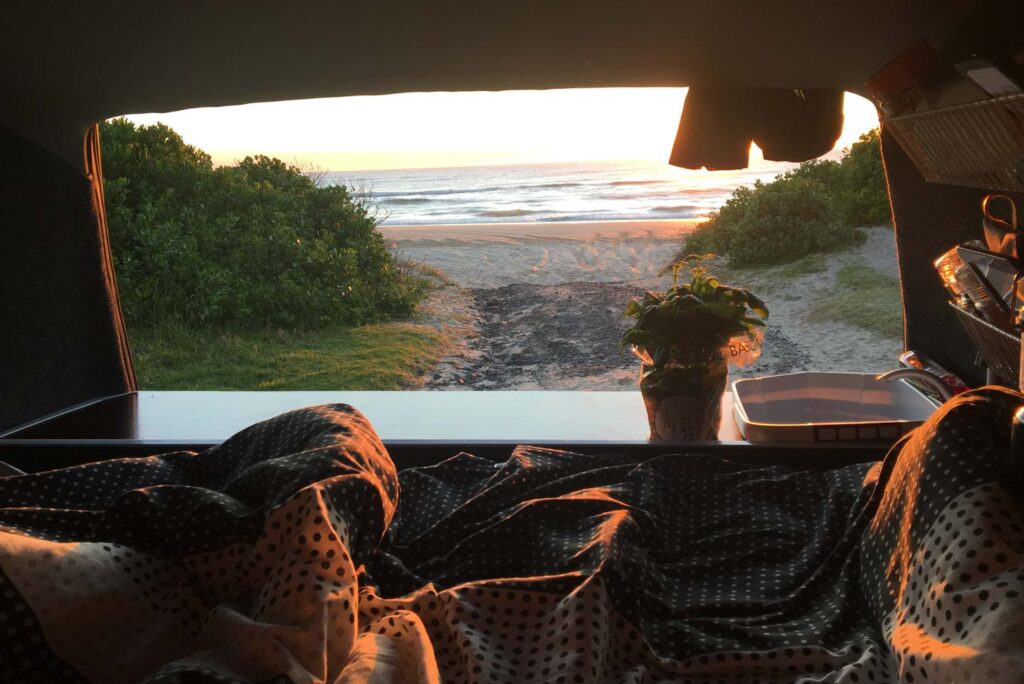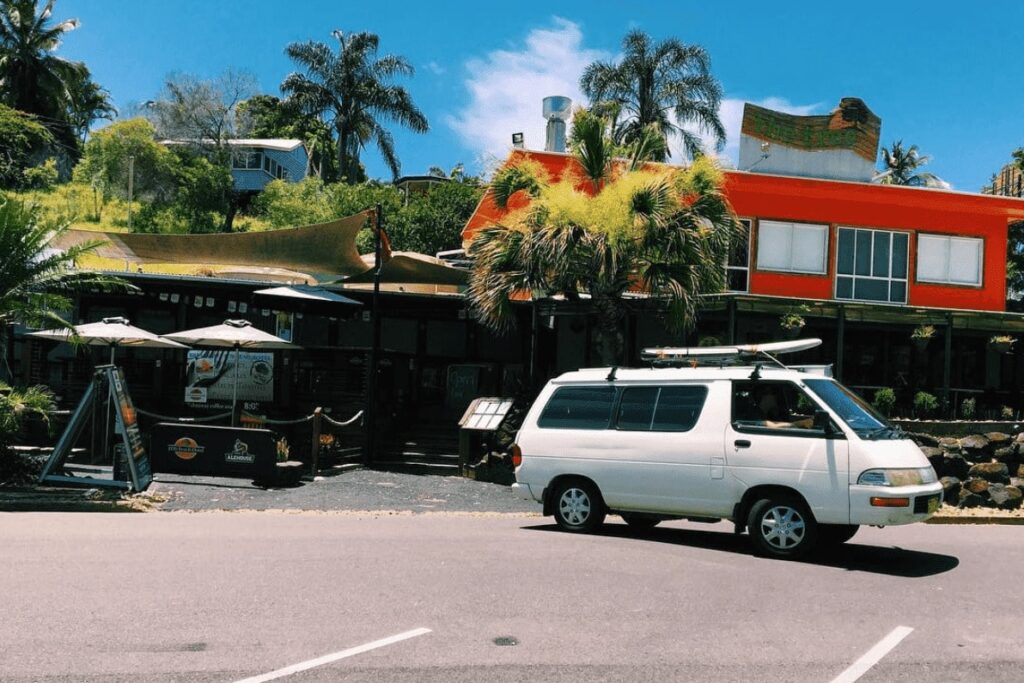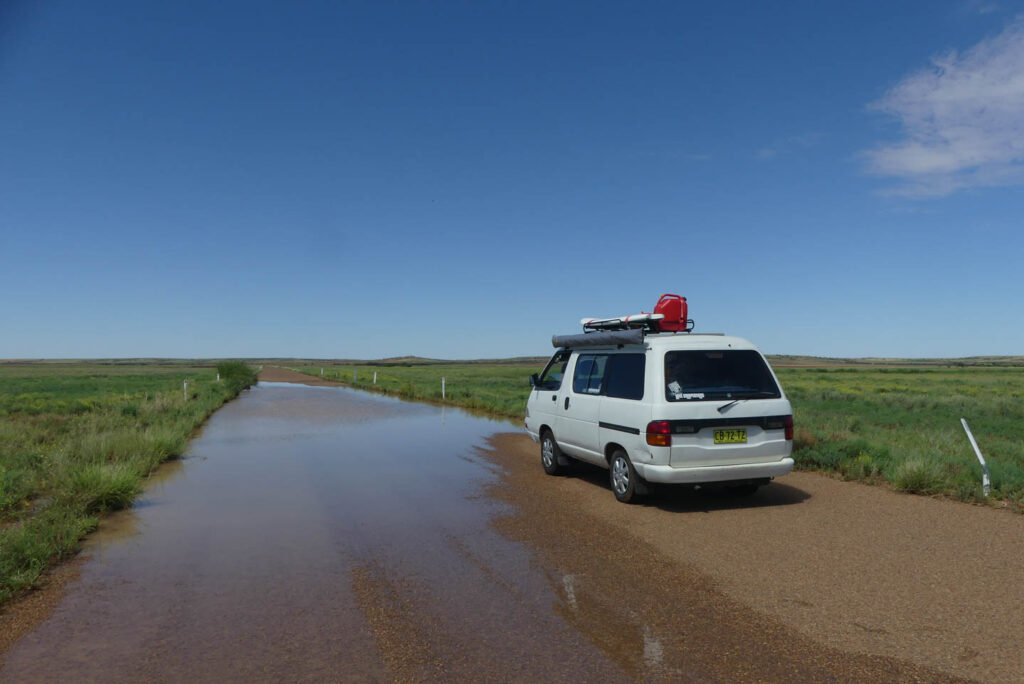Ever wondered what it feels like to wake up to kangaroos hopping past your tent or fall asleep under the clearest view of the Milky Way you’ve ever seen? In Australia, these aren’t just camping fantasies – they’re everyday possibilities that await adventurous travelers.
From the ancient red rocks of the outback to pristine coastal hideaways and prehistoric rainforests, camping in Australia offers experiences you simply can’t find anywhere else in the world. Whether you’re a seasoned outdoor enthusiast or planning your first camping trip, the Land Down Under serves up natural wonders and unique adventures that will forever change how you think about sleeping under the stars.
1. From Mountains to Beaches: Australia has a Landscape for Every Camper
Australia offers some of the world’s most varied camping settings, from sun-soaked beaches to ancient rainforests and the rugged outback. You can pitch your tent on the white sandy shores near the Great Barrier Reef, with spots like Lady Musgrave Island and Hinchinbrook Island putting you right next to coral reefs and marine life.
Want something different? Head to the Daintree Rainforest, where you can camp among the oldest tropical rainforest on Earth. The towering canopy creates a natural shelter while providing front-row seats to spot rare birds and wildlife.
For those seeking wide-open spaces, the Australian outback beckons. Set up camp near Uluru-Kata Tjuta National Park, where you’ll wake up to stunning red rock formations and vast desert plains stretching as far as the eye can see.
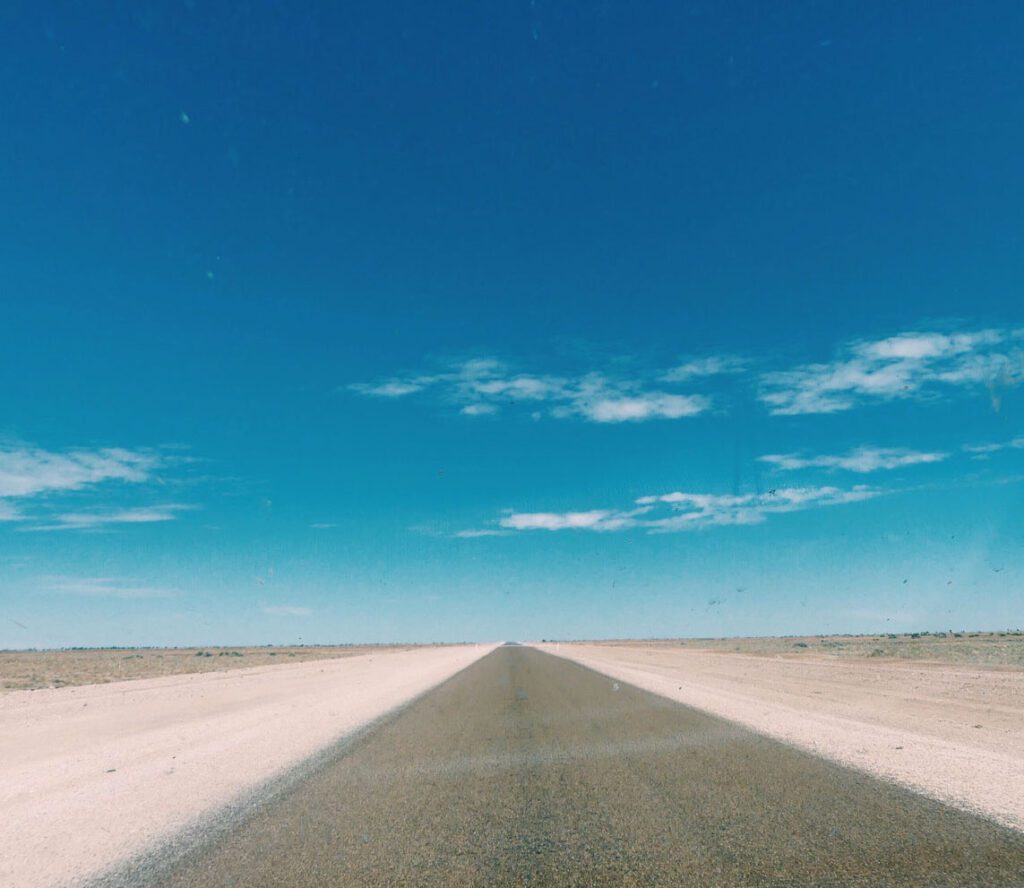
2. Experience Wildlife Like Nowhere Else on Earth
One of the biggest draws of camping in Australia is getting up close with native animals in their natural homes. Picture waking up to kangaroos hopping past your tent, or spotting a koala snoozing in a nearby gum tree.
Kangaroo Island lives up to its name, offering prime spots to watch these iconic marsupials, while Tasmania’s campsites put you in prime territory to spot wombats and Tasmanian devils after dark. For koala lovers, Raymond Island in Victoria is a top pick – these furry locals are regular visitors to the campgrounds. Then there are the friendly quokkas on Rottnest Island.
Want to see something truly special? Set up camp at Etty Bay in Queensland, where you might catch sight of a cassowary wandering along the beach. Just remember to keep your distance and never feed the wildlife – watching them go about their natural routines is part of the magic.

3. Sleep Under Some of the World’s Brightest, Clearest Night Skies
The clear Australian night sky puts on a show that’s hard to beat, thanks to many camping spots being far from city lights. You’ll find some of the best star-watching while wild camping in the outback, where the Milky Way stretches across the sky in stunning detail.
Warrumbungle National Park in NSW stands out as Australia’s only Dark Sky Park, making it perfect for seeing shooting stars and constellations. Set up your camp chair, grab a hot drink, and look up – you might spot the Southern Cross, a famous sight in the Australian night sky.
The areas around Uluru and Flinders Ranges offer prime spots for catching celestial views. On a clear night, you can see thousands of stars, planets, and even satellites moving across the sky. Just remember to pack a good torch for getting around camp after dark!
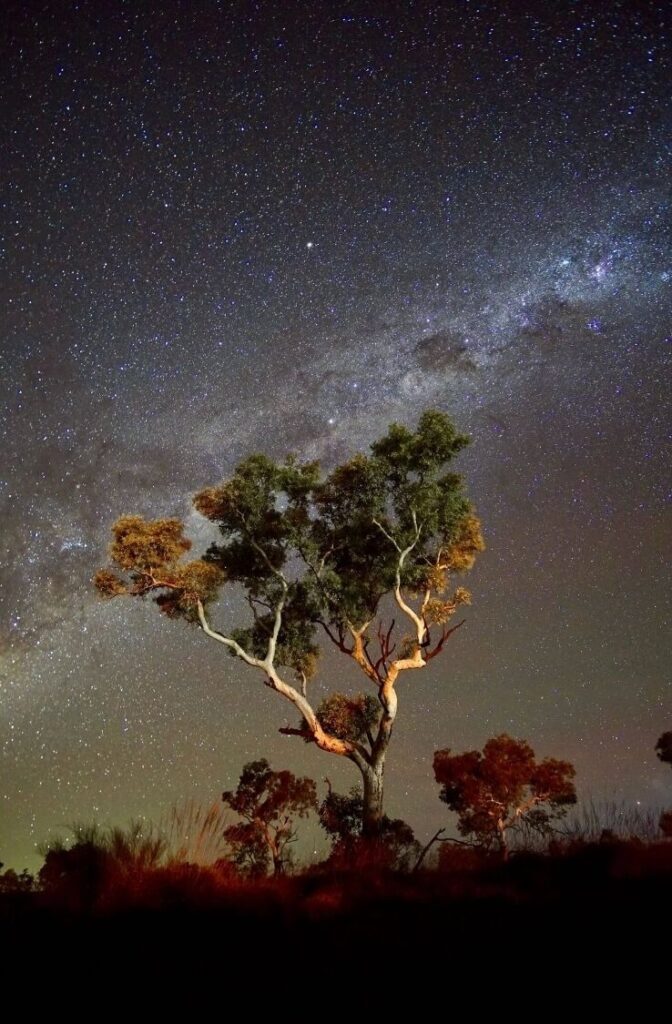
4. Explore World-Renowned National Parks
With over 500 national parks across the country, Australia gives campers endless options to set up their temporary homes in nature. At Uluru-Kata Tjuta National Park, you can wake up to the changing colors of the massive red rock formations as the sun rises over the desert landscape.
Head north to Kakadu National Park, where ancient Aboriginal rock art meets wetlands filled with birds and crocodiles. The park’s varied landscapes offer camping spots near billabongs, rocky outcrops, and tropical woodlands.
For coastal camping, Wilsons Promontory National Park in Victoria stands out with its granite peaks and pristine beaches. Pick from beachfront sites or sheltered bush camping areas, with walking trails leading straight from your tent to scenic lookouts and hidden coves.
Most parks offer both basic and well-equipped campgrounds, letting you choose between rough camping or sites with amenities like hot showers and cooking facilities.

5. Disconnect from Technology and Reconnect with Nature
Taking a break from screens and social media is one of the best parts of camping in Australia’s wilderness. When you’re sitting by a campfire under the stars or walking through quiet bushland, your phone naturally becomes less important than the world around you.
Many remote camping spots across Australia have little to no phone coverage, making it easier to switch off completely. Without the usual digital distractions, you’ll find yourself naturally tuning into nature’s rhythms – watching birds, listening to waves, or simply sitting quietly in the bush.
Try morning walks to spot wildlife, beach meditation at sunset, or peaceful evening stargazing. These simple activities help clear your mind and remind you of life’s simple pleasures. Many campers say their best memories come from these quiet moments in nature, away from the usual buzz of technology.

6. Travel Australia on a Budget with Stunning Campsites Everywhere
Camping stands out as one of the most budget-friendly ways to travel around Australia. While hotel rooms in popular spots can cost $200+ per night, many campgrounds charge just $10-30 per night, with some sites even offering free stays.
Across Australia, you’ll find plenty of free camping spots, especially in national parks and state forests. Many local councils also maintain low-cost campgrounds with basic facilities like toilets and BBQ areas. Popular free camping areas include sites along the Great Ocean Road and in the Queensland outback.
While buying camping gear might seem expensive at first, it quickly pays for itself. A good tent and sleeping bag might cost around $500, but after just a few trips, you’ll spend less than you would on hotel stays. Plus, you can share gear costs with friends or find quality second-hand equipment to start your camping journey.

7. Enjoy World-Class Outdoor Adventures Right from Your Tent
Camping in Australia opens up a world of outdoor fun right at your doorstep. From your tent, you can head straight to hiking trails, surf spots, or fishing locations without the long commute. The Grampians stands out as a top spot for both beginners and experienced rock climbers, with routes ranging from easy walks to challenging climbs.
Beach camping puts you steps away from morning surf sessions. Pack your board and set up at spots like Byron Bay or Bells Beach, where you can catch waves before breakfast. For fishing fans, coastal campgrounds often come with boat ramps and cleaning stations, making it easy to try your luck at catching dinner.
Many national park campsites link directly to walking tracks, letting you start your hikes early before the heat kicks in. You might spot native birds, wildflowers, and wildlife along the way, adding extra excitement to your outdoor adventures.

8. Experience the Laid-back Australian Camping Culture
Australian camping culture stands out for its easy-going nature and friendly spirit. You’ll often find campers sharing tips about the best hiking trails or offering a spare camping chair to newcomers. It’s common to see people gathered around campfires (where allowed), swapping stories and sharing snacks with their camping neighbors.
The unwritten rule of camping in Australia is simple: everyone helps everyone. If you’re setting up your tent in the wind, don’t be surprised if fellow campers come over to lend a hand. Many long-term friendships start with a simple “g’day” at a campsite.
Evening social gatherings are part of the experience. Bring along some food to share, maybe join in a game of cricket, or simply pull up a chair for a chat. Just remember to keep noise down after dark – respecting quiet hours is part of being a good camping neighbor.

9. Visit Remote and Secluded Locations
Getting away from busy tourist spots is one of the best parts of camping in Australia. Remote campsites offer peace, quiet, and a true sense of being in the wild. You’ll find hidden gems like secluded beaches in Coorong National Park or quiet valleys in the Flinders Ranges where you might not see another soul for days.
Many of these out-of-the-way spots need a 4WD to reach, adding a dash of adventure to your trip. Pack extra supplies and proper safety gear – these locations often have no shops or phone service nearby. The reward? Having pristine beaches, ancient rock formations, or untouched bushland all to yourself.
Some top picks for remote camping include the red sand dunes of the Simpson Desert, the isolated bays of Cape York Peninsula, and the quiet corners of the Kimberley region. Just check road conditions and permits before heading out – some areas need special access permissions.
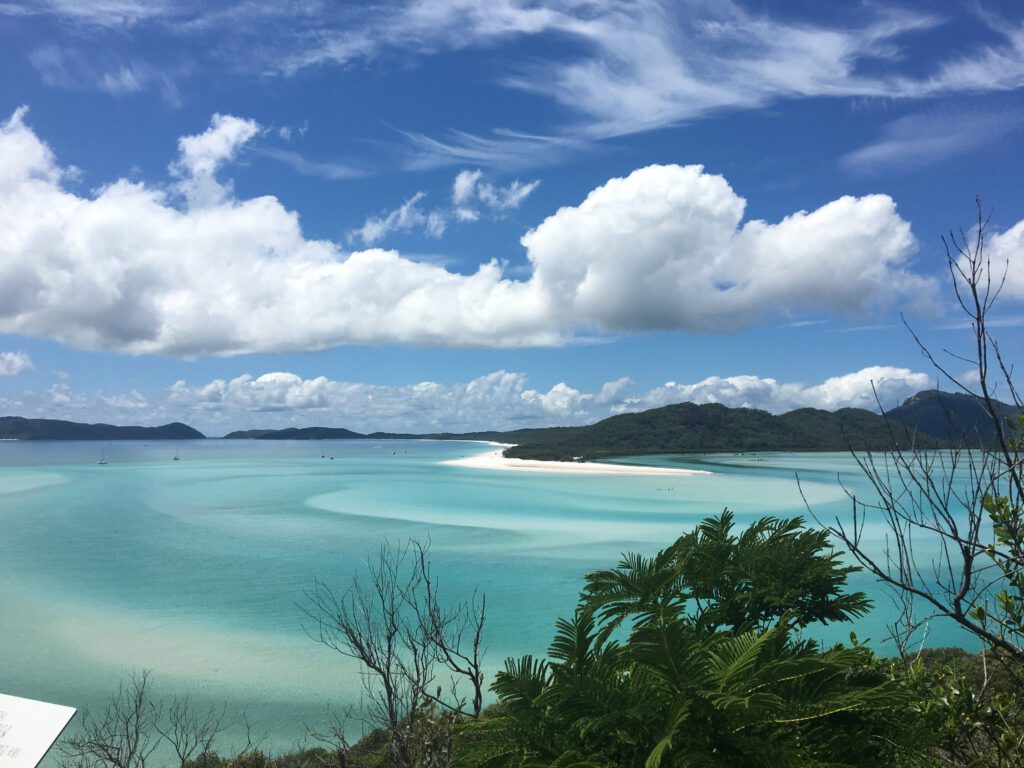
10. Enjoy Perfect Weather for Camping Year-Round
Australia’s year-round climate makes camping possible in most areas, with each season offering its own special outdoor experiences. The northern regions shine during the dry season from May to October, when you’ll find clear skies, cool nights, and low humidity – perfect for sleeping under the stars.
Head south during summer (December to February) to catch mild temperatures and long daylight hours ideal for swimming and outdoor activities. Places like Victoria’s Great Ocean Road and Tasmania’s national parks offer pleasant camping conditions during these warmer months.
Before any camping trip, check local weather forecasts and fire danger ratings. Pack appropriate gear for temperature swings – even hot days can lead to chilly nights. During wet seasons up north, choose elevated campsites and bring waterproof equipment. For summer camping down south, pick shaded spots and bring plenty of sun protection.
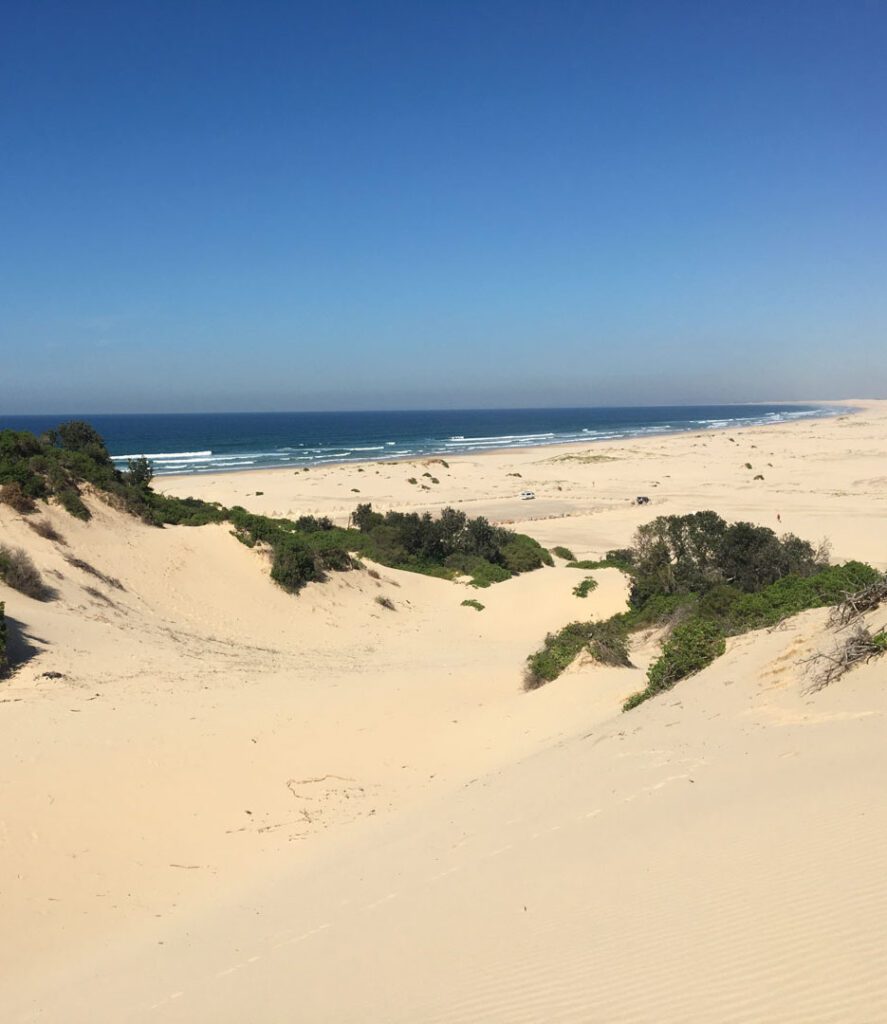
Why Camping in Australia Should Be Your Next Adventure
From saving money on accommodation to disconnecting from the digital world, camping in Australia delivers experiences that hotels simply can’t match. It’s more than just a way to travel – it’s an opportunity to immerse yourself in some of the planet’s most unique landscapes and create memories that will last a lifetime.
Whether you’re watching the sunrise over Uluru, sharing stories around a campfire with new friends, or spotting wildlife from your tent door, camping in Australia offers an authentic way to experience this remarkable country. The only question left is: when are you going to start planning your Australian camping adventure?

